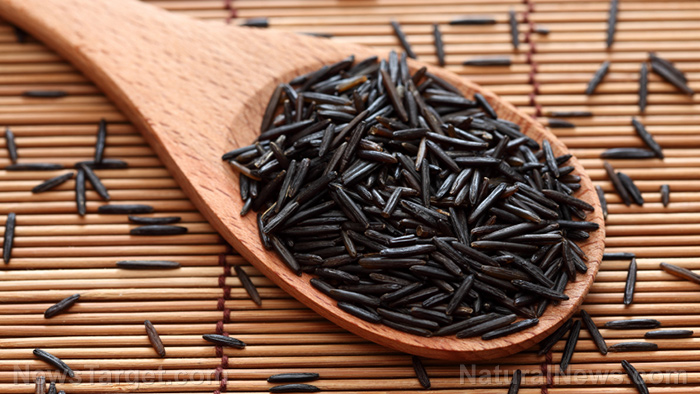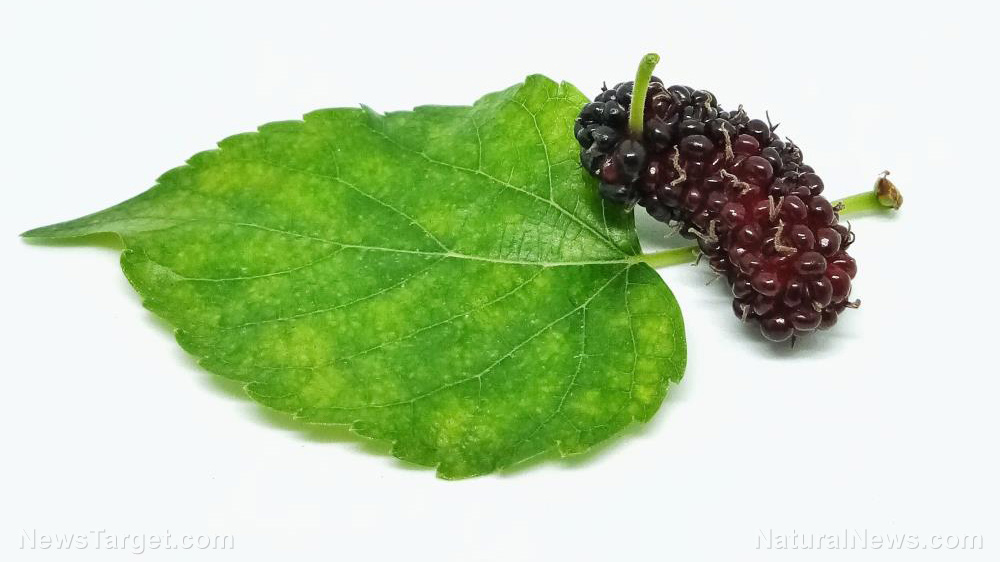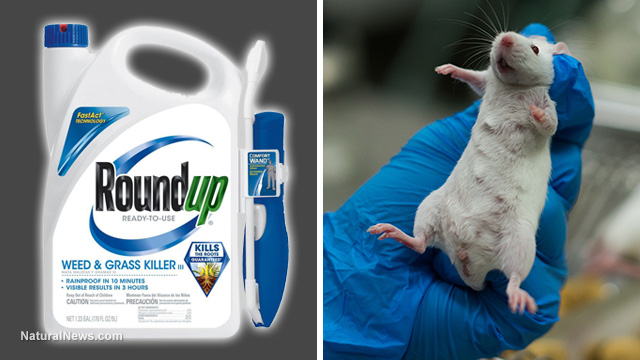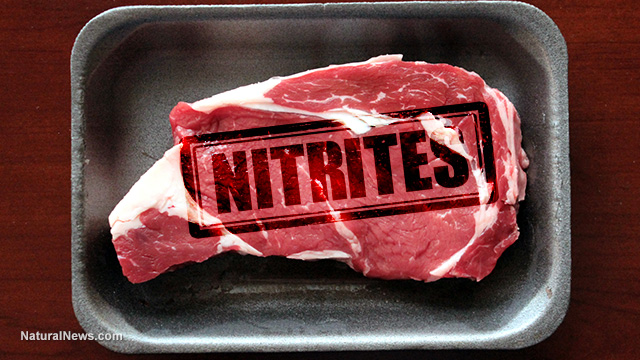EPA official whitewashed glyphosate links to non-Hodgkin lymphoma in order to protect Monsanto profits
07/03/2018 / By Vicki Batts

The EPA has been caught red-handed whitewashing studies of Monsanto’s cash cow, glyphosate. The federal agency purposely ignored data showing a clear connection between glyphosate and non-Hodgkin’s lymphoma. In addition to ignoring the obvious threat of glyphosate, agency regulators obscured the opinions of the Scientific Advisory Panel, charged with reviewing the EPA’s glyphosate evaluation. The EPA is just whitewashing truth left and right at this point; if you aren’t drinking the glyphosate Kool-aid, you’re getting steamrolled.
Many farmers and other agricultural workers have taken Monsanto to court, accusing the biotech giant of lying about the purported safety of glyphosate. Monsanto has claimed that the herbicide is “half as toxic as table salt,” but for many, that assurance rings false. Countless farmers have suffered with non-Hodgkin’s lymphoma, and many of them believe that glyphosate is to blame. Research ignored by the EPA shows that the connection between the two is real.
EPA ignored the link between glyphosate and cancer
As Bloomberg reports, a panel of outside scientists was assembled last year to review the EPA’s evaluation of glyphosate. The Scientific Advisory Panel is comprised of 15 experts — and almost all of them took issue with the EPA’s conclusion on glyphosate, for one reason or another. Eleven out of 15, to be exact.
Four of the six reviewers tasked with evaluating epidemiological data scolded the EPA for disregarding pertinent data on glyphosate’s carcinogenic capacity. It is worth noting that all four “dissenters” are biomedical researchers at top universities, while the two who approved of the EPA’s evaluation are private consultants.
EPA officials tossed out all but one meta-analysis of epidemiological data, declaring that the rest of the results were “statistically invalid.” But, as the panelists would soon discover, this wasn’t true: The data was valid. Why would the EPA lie for Monsanto?
After taking a second look at the data, the panelists found that the discarded meta-analyses were statistically significant — and the data showed farmers exposed to glyphosate had an increased risk ratio for non-Hodgkin lymphoma of 1.27 to 1.5.
This means they were at a 27 percent to 50 percent higher risk for cancer than control groups.
As one of the researchers contended, women in America stopped taking post-menopause estrogen because of a 22 percent increased risk in breast cancer. The risk association of glyphosate is almost double that.
Lianne Sheppard, a biostatistician at the University of Washington at Seattle said the EPA’s assessment on glyphosate was “highly imbalanced” and that the agency clearly downplayed relevant findings.
“The agency’s conclusion is seriously flawed and needs to be strongly revised,” she commented.
EPA obscures panelists’ criticisms
In addition to blatantly disregarding statistically significant information on glyphosate’s potential to cause cancer and promote tumor growth, the EPA has even taken steps to downplay the Panel’s criticisms of the agency.
The EPA’s report on the Scientific Advisory Panel’s peer review does everything in its power to hide the fact that at virtually every turn, a majority of panelists took issue with the EPA and their handling of the glyphosate analysis.
But instead of disclosing the number of scientists who launched criticisms at the EPA, the agency’s report instead used the phrase “some panel members” an astonishing 76 times in the document. Surely by no mistake, the EPA successfully used this vague terminology to hide the fact that “some” really meant a majority.
In addition to the flat-out whitewashing of pertinent data, panelists’ concerns about the EPA’s evaluations prompted more skepticism of the EPA’s pseudo-independence. As sources note, the EPA’s Office of Pesticide Programs received nearly 30 percent of its funding from the pesticide industry. Doesn’t that sound like collusion?
Stay up-to-date with the latest on the lawsuits at EPA.news.
Sources for this article include:
Tagged Under: chemicals, Collusion, deception, Ecology, environ, EPA, evil corporation, food supply, glyphosate, government corruption, herbicide, junkscience, Monsanto, Roundup, toxins




















